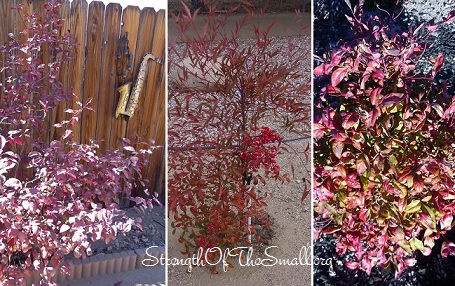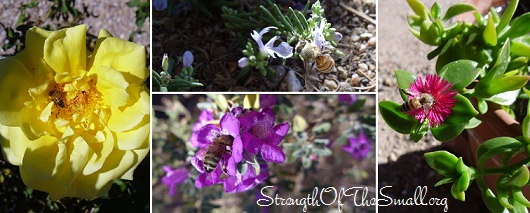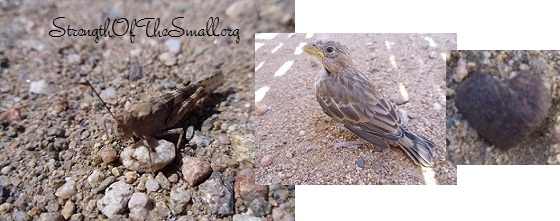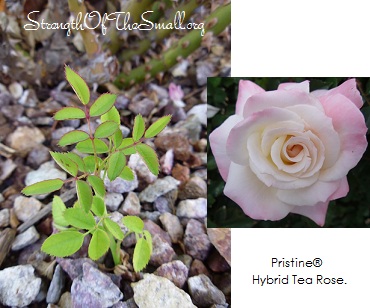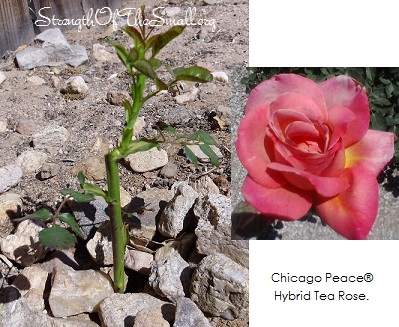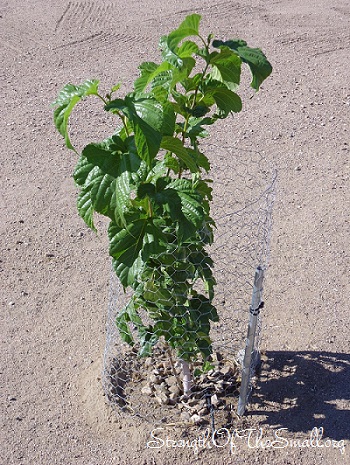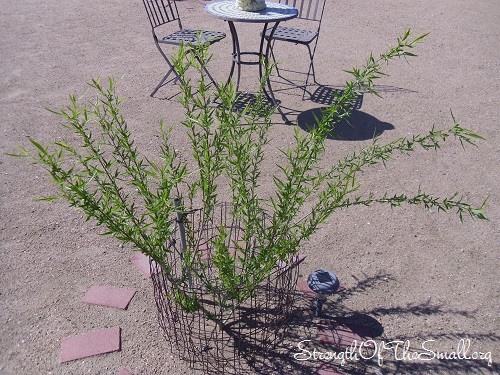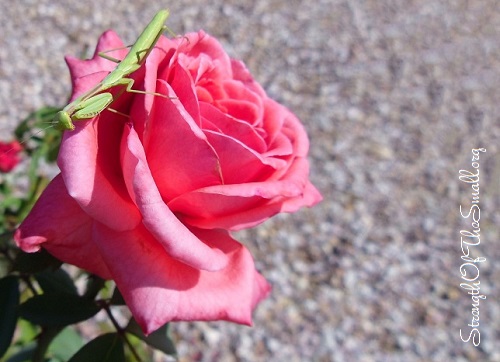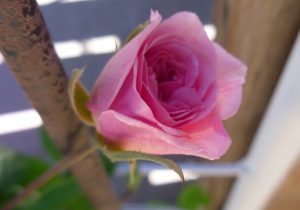Contrary to yesterday, today is a beautiful day (still a little windy, but manageable). I’ve been out watering some plants in the backyard when I stopped and took a good look at my Oleanders. What a terrific, yet toxic plant! The plants bloom beautifully in the Summer and they are appealing to the eyes. These deadly beauties were here long before we bought our home and we’ve talked about getting rid of them and/or replacing them. We are all very conscious of their presence and our kids will tell you that ‘Oleanders are deadly and they must not go close to them.’ Still, we always keep an eye on them whenever we are outdoors. Then I thought about my Daffodils.
What about Pheasant’s Eye, Lily of the Valley, Jimson Weed, Poison Ivy, Rhododendron, Jerusalem Cherry, Hydrangea, Mistletoe, Lantana, Mountain Laurel, Dumbcane, Wisteria, Chrysanthemum, Delphiniums, Belladonna, Foxglove, Ranunculus, and Spathiphyllum? These plants are poisonous. Some cause delirium and hallucinations. Most of us gardeners love them for their beauty, bright colors and fragrance. We care for them without knowing exactly what we are dealing with. Still, we love them. Below is a list of toxic, deadly plants (just to name a few).
|
|
Image Source: BHG, io9, Wikipedia, MNN, F1online, Whatafy, Britannica, BCLiving, HorticultureWeek.
Click here, here and here for a list of poisonous plants.
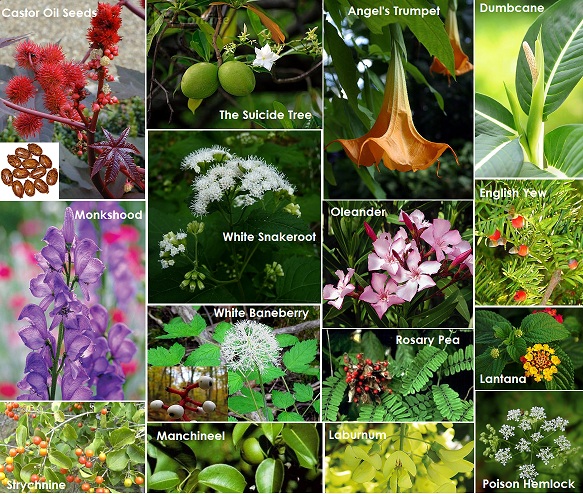
Aside from their poison and toxicity, some plants are dangerous. Take Poinsettia for instance. Though non-toxic, its latex can cause an allergic reaction to some individuals when coming in direct contact with the plant. What about Roses? Their thorns could cause serious injuries to anyone who come in contact with them. Some Cacti and Succulents are dangerous, even poisonous, click here for more information. What about those beautiful house plants/air purifying plants? Some are dangerous to kids and pets.
Some plants can cause discomfort, others can kill. The good news is that we can prevent it by being informed. Once you know what you are dealing with, you will be ready, aware and prepared.
I compiled a list of Safe/Non-Toxic Plants here .

